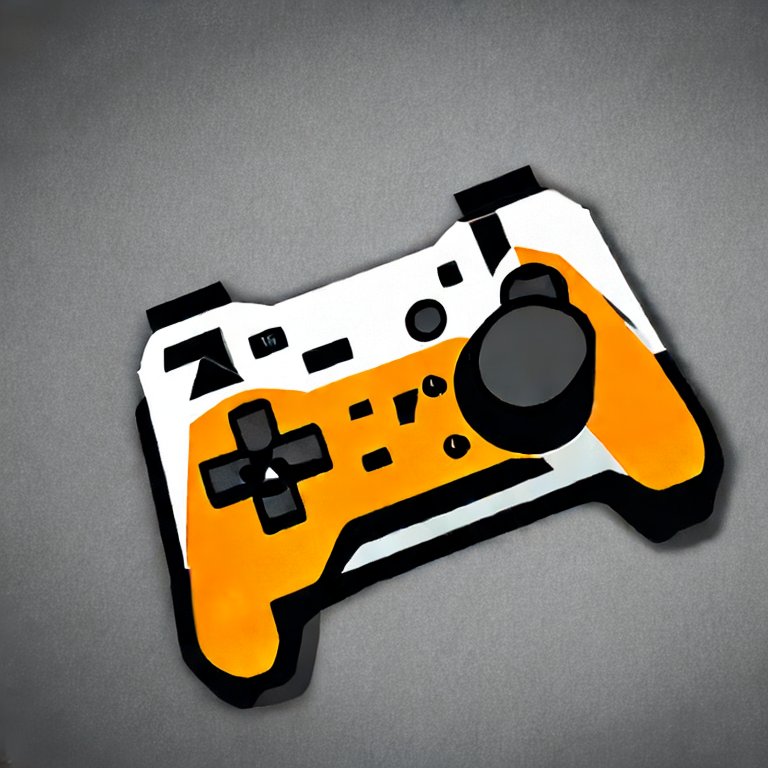

Give a quick search for Annapurna games division, and they may have cut ties for completely unrelated reasons to the game’s success.


Give a quick search for Annapurna games division, and they may have cut ties for completely unrelated reasons to the game’s success.


Or maybe he (you said John, but did you mean Josh?) doesn’t acknowledge it because, like me and those I’ve talked to, he considers it to be a non-factor; and there’s a very good reason to change your setting up for the sequel so that it doesn’t feel like you’ve already played that game. The lore already had these regions baked into them, and it still fits the definition of high fantasy even if it’s also in a pirate setting.
Larian had zero reason to change a winning formula so I’m not sure why that factors in your mind?
Because Baldur’s Gate has historically been RtwP, so deciding that the third one didn’t need to be is a good indication of which way the wind is blowing with regards to those designs. Pillars of Eternity was, of course, pitched as an unofficial continuation of Baldur’s Gate’s legacy before BG3 happened, which is why the marketing copy for it says things like “gather your party” and “venture forth”. I haven’t played the recent Pathfinder games, but I understand they came to the same conclusion that Obsidian did by adding turn-based after the fact.
I’m not doubting that the setting affected your choice, but at large, I’m not convinced it was a significant factor in the game’s success.


Which of those issues you criticised are highlighted in the game trailers and ads that were run?
The stronghold, at the very least. It was a major problem in the first game to have your base of operations be a thing that you had to return to with travel time, so it’s a significant course correction to have it come with you.
It’s way too reductive to say that people bought this one or not based on trailers and impressions. That’s absolutely a part of it, but everyone I spoke to, admittedly a small sample size, who played the first game and not the second, even people who really liked that first game, was because that first game is such an endurance test. There’s little else besides combat, and there’s so much of it. Eventually it leads to decision fatigue. Even the people who really wanted to play the second game were daunted by having to start it, and they felt that they needed a breather before starting it, which in most cases led to them not getting around to it.
It’s also quite likely that people just don’t want more RtwP. I don’t think it’s a coincidence that PoE2 got that turn-based mode post-release, or that the Torment follow-up went turn-based, or that Larian ultimately stuck to turn-based for BG3 after their previous two games were turn-based. RtwP is why it took me so long to get around to playing either PoE game.
Speaking of BG3, and unintentionally sticking with the Deadfire theme, a rising tide lifts all boats, and that game made people hungry for more. I disagree with Sawyer that the difference between PoE and BG3 is simply “budget”, but I do think there’s reason for Microsoft to want “one of those”, if they’re so inclined, and it’s now been made cheaper to produce since Avowed exists and can be iterated upon.


If I can’t host the server myself, it’s still too expensive. What a shame this game turned out to be, man.


But that’s not really “their audience”; that’s you. PoE2 actively addressed every criticism I had from the first game, and it’s one of the best RPGs I’ve played. They even added a turn based mode that you would think would be phoned in because the game wasn’t initially designed for it, but they knocked that out of the park too.


In our 6/10 review, IGN said: “Though a stylish adventure, The Order: 1886 emphasizes its cinematic polish at the crippling cost of gameplay freedom.”
I think this is the crux of it. It doesn’t mean you can’t make single player games or short games. It still has to be a fun video game. I’d actually love more short games, but if there’s only one prescribed way it can be played, it loses a lot of appeal.


I picked up The Thaumaturge based off of an Angry Centaur Gaming review, and for as much as I enjoyed that game, I basically never hear anyone else talk about it. They likely built the game on a modest and reasonable budget, but I’m still concerned that they didn’t break even.
Diesel Legacy: The Brazen Age was one of the best games I played last year, but it’s just about guaranteed that they did not make their money back, once again on a lean budget.
Cloak and Dasher is a game akin to N++ that my brother and I played at PAX East some years ago, and we were immediately impressed and bought early access copies. It probably hasn’t even cracked 1000 copies sold and will likely never leave early access. (They should patch it up and finish it regardless, but what’s there now is already great.)
Keep in mind that none of these games are $100M flops. They’re great games with reasonable scope that are still struggling to survive. Mimimi closed down because they were just barely breaking even and struggled to find funding even with critical acclaim and a core audience that liked their games.


A far shorter time span, and this applies only to the UK, not the EU. It got a (bad) government response, so it achieved the intended effect.


This response reads as though they continue to not understand the problem.


It’s ordered by revenue.


There’s been a depot on SteamDB for a beta test for the past few months, and it got age rated in South Korea almost a year ago.


Your physical copies are not immune to that. GOG is likely as good as it gets. Physical copies often still need patching out of the box, and the consoles that they run on are so inherently tied to the internet and their operating systems that it’s a risky wager to bet that they’ll last as long as your NES. For what it’s worth, Fallout 3 is running quite well via Proton, but I did have to edit an INI file to lock it to 60 FPS on a monitor that exceeds that refresh rate; your console version would have its own compromises to wade through, because it’s not exactly an immaculate piece of software.


There doesn’t need to be a winner, but this was a very, very slow trend over the past 20 years for one line to cross the other line, and it didn’t used to be close.


It’s accessible now, and I think they should nuke it again.


It’s the first sign of any sort of moderation I’ve seen in Steam forums for like two years.


In the past it’s been ported by a different company, and now it’s seemingly got a Linux port done in-house, so there’s reason to expect crossplay. But even if it didn’t have that, running the game through Proton ought to solve for that too.


This game runs on the first Switch, so I think it’ll do just fine on Deck at some reasonable settings.


Krafton only got Hi-Fi Rush in the sale.


I like matchmaking. I never once found a “community” on a server browser and instead was just frustrated by teams changing rosters mid-match and such. Years later, I’d find that kind of community building in Discord servers and not the likes of de_dust 24/7. But regardless of personal preferences, it’s just about mathematically impossible that matchmaking will sustain a player base forever, so the player-hosted servers need to be there.
Basically the entire staff of Annapurna interactive walked out and left the company. The company still exists, but developers are no longer working with the same publisher anymore really, and some deals got axed.